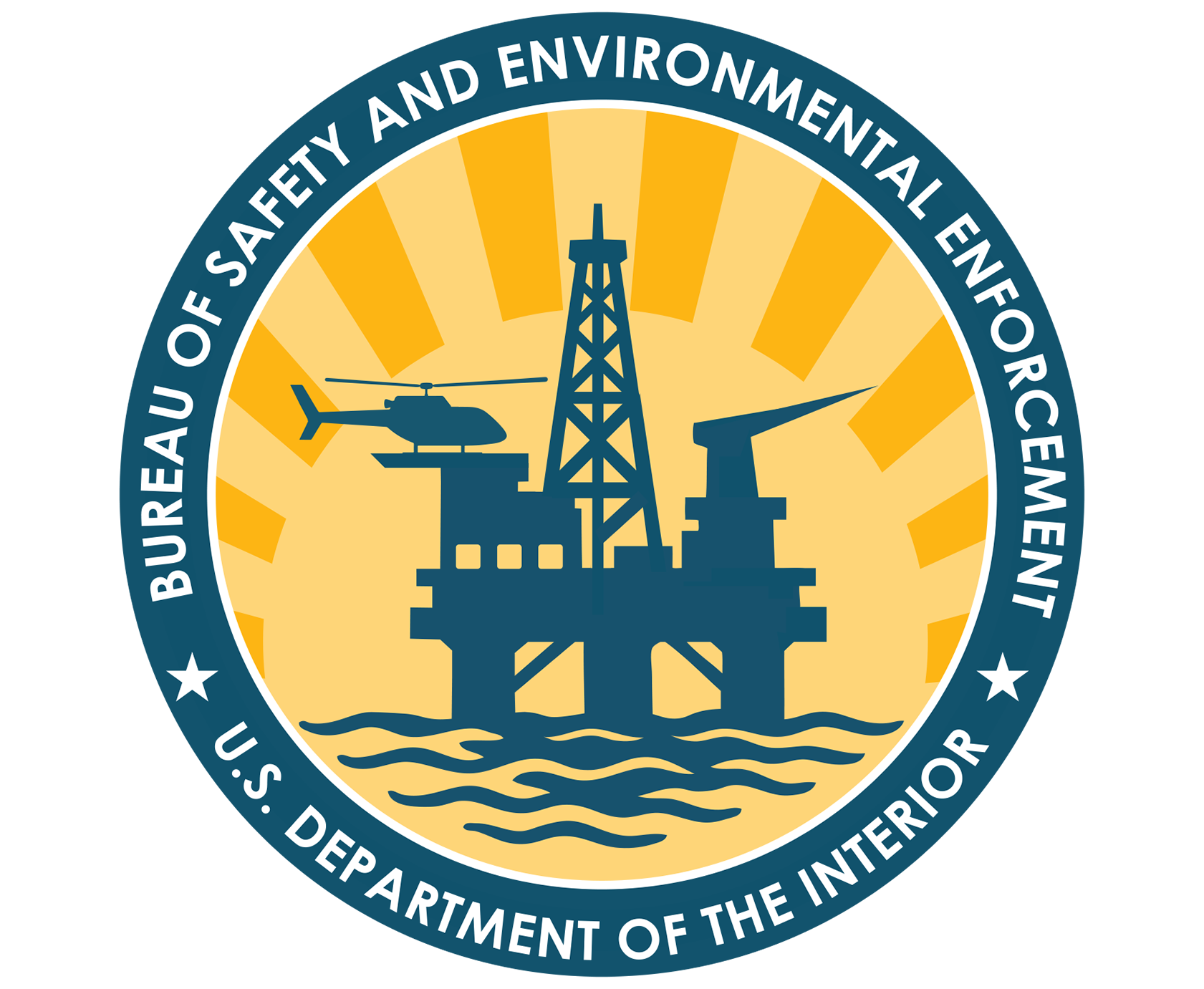There are several sensors that can remotely detect floating oil spills, but oil that is trapped beneath ice or has sunk to the seafloor is more difficult to locate. Most above-surface sensors (e.g., visual, infra-red, radar) perform poorly, are limited to a narrow ice temperature range, or do not work through water or ice. Researchers have tested different subsurface sensors and found performance varied depending on the spill circumstances; no sensor was the best for all conditions and a combination of sensors was recommended. The goal of this project was to develop an integrated system of sensors with different operating principles that could be installed on a suitable underwater platform and used to locate spilled oil that was either trapped under ice or had sunk to the bottom of the water body.
Published studies were reviewed to identify the most promising sensor operating principles and the best commercially available models. The selected sensors were tested on underwater vehicles looking upwards at oil under sea ice at CRREL, and downwards at submerged oil on the bottom of the water body at Ohmsett. The imaging sonar was able to identify submerged oil deposits, but pooled oil under ice did not appear significantly different from the surroundings. The echosounder was able to discriminate between pooled oil and ice when the oil was thicker than approximately 1 cm, but submerged oil on sand was not as distinct. The monochrome camera provided clear images of the oil deposits in both tanks. The photosynthetically active radiation sensor could detect pooled oil under ice and submerged oil on sand based on the significantly reduced light transmission. The UV fluorometer measured slight increases in oil concentration after oil was dispensed under ice, and near the submerged oil samples, but it was difficult to differentiate from normal background concentrations in the tanks.
Evaluating the sensor package in test basins was a necessary and important step in developing a remote system that could be deployed at a spill. However, there are significant differences between conditions at CRREL and Ohmsett, and what is expected at a real spill that would affect the performance of the sensors. A field trial in a natural environment is an important next step in developing and proving the sensor package. Testing in the field with natural ice and snow would provide critical information on background variation in light transmission.
The project is complete. The final report is posted below.
